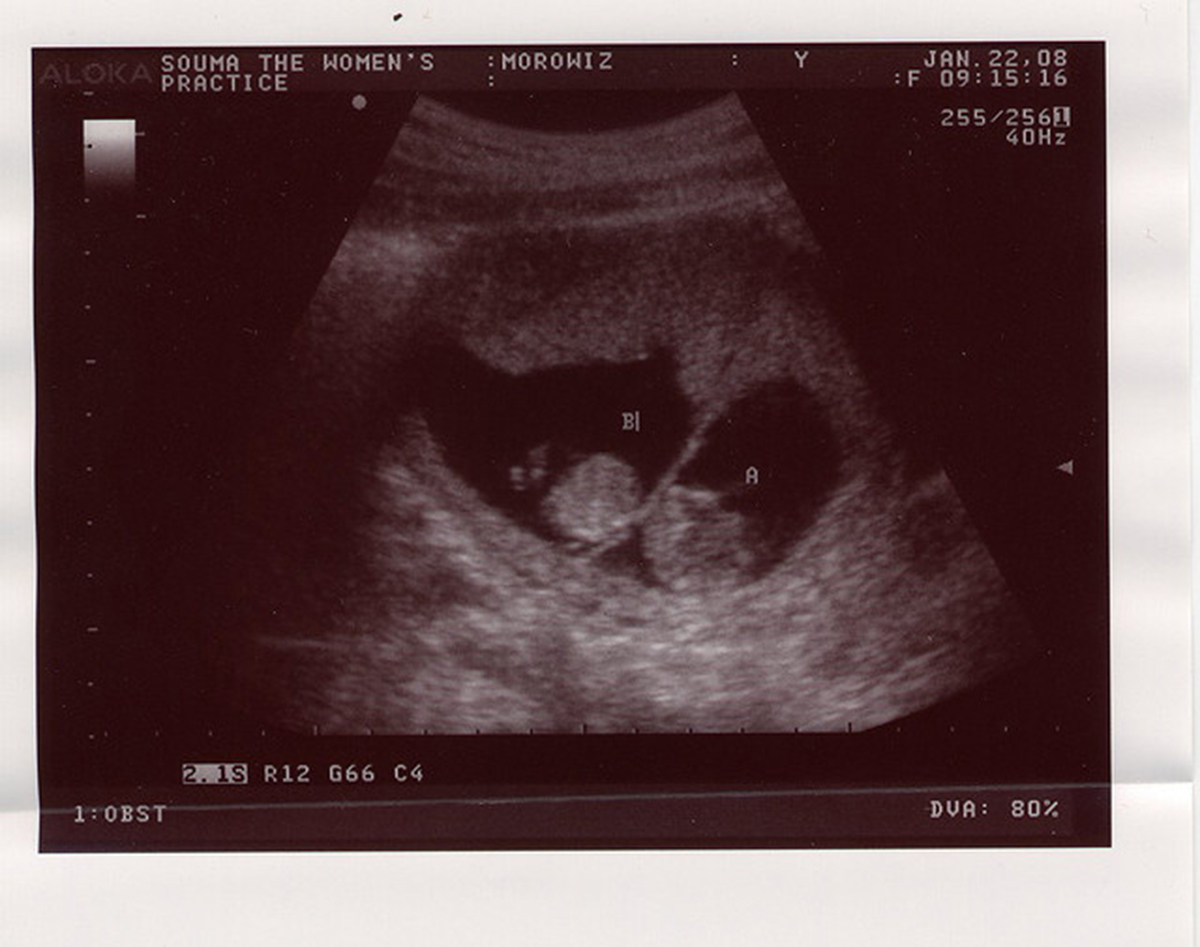Table of Contents
The advance of IVF has led to an increase in high-risk multifetal pregnancies. Selective reduction aims to reduce those risks by reducing the number of fetuses. What do people about to undergo IVF need to know about the practice of selective reduction?
Selective Reduction: The Procedure
Selective reduction is also referred to as multifetal pregnancy reduction or MFPR. The procedure is most often carried out in pregnancies in which quadruplets or beyond are present, and the pregnancy is usually reduced to twins. When carried out for reasons related to the risks of multifetal pregnancies in general, it is typically performed between nine and 12 weeks gestation. When carried out due to severe birth defects in one of the fetuses, or because the baby is at risk of dying or has already passed away, it is termed "selective termination" and can be done later on during a pregnancy.

Selective reductions are usually carried out trans abdominally: using ultrasound technology, a potassium chloride injection is guided into the uterus and delivered to the selected fetus or fetuses. The injection stops the fetal heart. When done during the first trimester, the selected fetuses can be expected to be reabsorbed by the body, though some vaginal bleeding usually occurs.
Though MFPR increases the chances that the remaining fetus(es) will develop normally and healthily and reduces the odds of pregnancy complications, the procedure does come with risks.
In some cases, selective reduction results in a miscarriage of the remaining fetus(es), in preterm labor, or in infection. Alongside the ethical considerations, this is something affected families will want to consider before deciding in favor of or against selective reduction. Discussing the risks and benefits as well as the emotional aspects of the decision with your doctor and with a spiritual leader or a therapist can help those faced with this dilemma reach an ultimate decision.
Single Embryo IVF
Women who have high odds of becoming pregnant through IVF have been shown to have comparable rares of live deliveries when they undergo a single embryo transfer as opposed to a multiple embryo transfer. Though it is possible to become pregnant with twins as the result of a single embryo transfer, higher-order multiples — so triplets or beyond — are extremely unlikely to occur.
If you are under 35, have good quality eggs, and do not wish to be faced with the decision of selective reduction, you will want to discuss the possibility of single embryo IVF, formally called "elective single-embryo transfer", with your health care team.
What If You Don't Want Selective Reduction?
Your doctor will be informing you about the risks a higher-order multiple pregnancy poses to you and your babies, and will offer you the possibility of undergoing a selective reduction. Informed consent is key to your ability to make health care decisions appropriate to you and your situation, and therefore your doctor will present you with all the relevant facts to help you make a decision. However, the final choice is yours to make. As the American Congress of Obstetricians and Gynecologists put forth, it is important to acknowledge "a woman’s right to hold views, make choices, and take actions based on her personal values and beliefs".
Should you choose to proceed with your higher-order multiple pregnancy, your medical team will continue to inform you and provide the best care possible to maximize the chances that you and your babies will be healthy.
- Photo courtesy of Surely girl: https://www.flickr.com/photos/jm_photos/2216943694/ and https://www.flickr.com/photos/jm_photos/2216149745/


Your thoughts on this